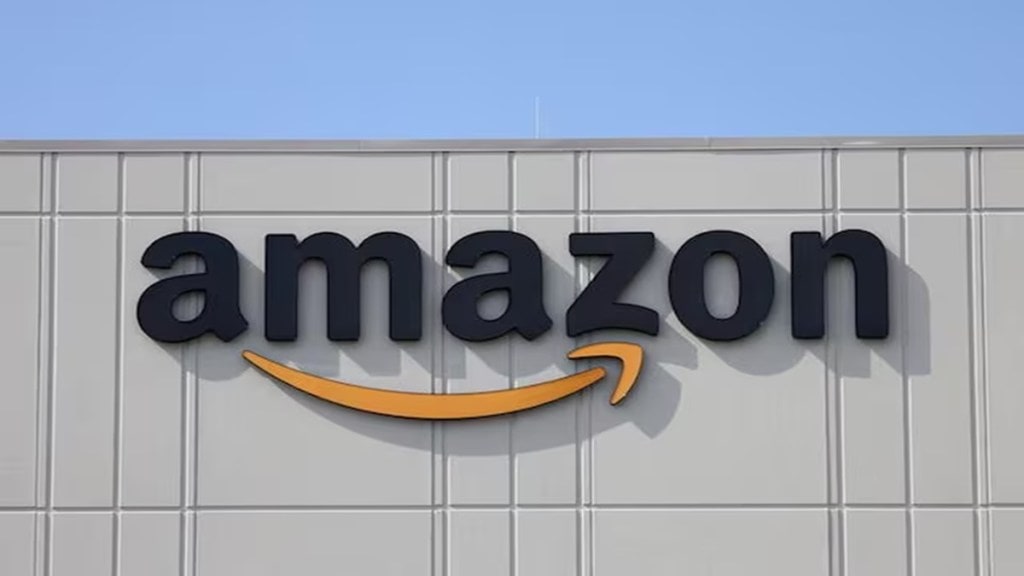Amazon had announced plans to lay off 14,000 employees in October — outlining plans to invest in its “biggest bets” and hailing the transformative powers of artificial intelligence. New data indicates that engineers bore the brunt of these cost-cutting measures with more than 1,800 losing their jobs over the past few weeks. The development came in spite of official assertions that Amazon needed to ‘innovate faster’.
According to documents accessed by CNBC, nearly 40% of the 4,700 jobs cut by Amazon in New York, California, New Jersey and Washington were engineering roles. The company reported these details in Worker Adjustment and Retraining Notification documents filed with state agencies.
The e-commerce giant had announced its steepest-ever round of cuts last month — joining a growing list of tech companies that have slashed jobs this year while cash piles expanded and profits soared. A memo sent out to employees confirmed that Amazon would be “reducing in some areas and hiring in others” — triggering an overall reduction of 14,000 roles.
Need to ‘innovate much faster’
The company had released a lengthy memo outlining the decision in late October — while highlighting its recent strong performances. Amazon has been trimming smaller numbers of jobs over the past two years across multiple divisions, including devices, communications and podcasting.
“Some may ask why we’re reducing roles when the company is performing well. Across our businesses, we’re delivering great customer experiences every day, innovating at a rapid rate, and producing strong business results. What we need to remember is that the world is changing quickly. This generation of AI is the most transformative technology we’ve seen since the Internet, and it’s enabling companies to innovate much faster than ever before (in existing market segments and altogether new ones),” the company had explained.
Amazon bets big on AI
CEO Andy Jassy had predicted earlier this year that generative AI would reduce the corporate workforce of Amazon significantly over the next few years. He had also confirmed in June that the company had more than 1,000 generative AI services and applications in progress or built — calling that figure a “small fraction” of the overall plans.
“We’re convicted that we need to be organized more leanly, with fewer layers and more ownership, to move as quickly as possible for our customers and business,” Amazon added last month.

